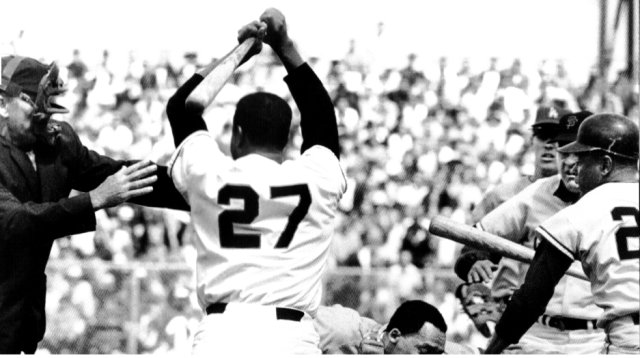I'd like to ask our community if they think my theory is plausible.
We hear a lot about pitching injuries, and nearly all of us have sons or friends who have required surgery or extensive layoffs and rehab at young ages.
I've heard and read (but don't have the data to prove) that there has been an increase in the number of youth pitching injuries (though I don't know if that reflects more hurt kids or better sports medicine diagnosis capability).
I've also noticed that there seem to be a lot more business establishments that offer professional coaching for pitchers.
It makes me think of an ironic possibility.
Is it possible that learning proper pitching technique at a young age can actually increase the chances of injuries for some kids because their undeveloped bodies are not able to withstand the forces they create with better mechanics? Is is possible that bad mechanics in immature bodies actually protect some kids from injuries because their bodies are naturally compensating for poor strength and range of motion?
(Please do NOT turn this thread into a discussion of what proper technique is. For the sake of this discussion, let's assume that professional coaches know their craft.)
There are some, but very few, establishments in our area that offer both physical conditioning and baseball instruction all under one roof, but most baseball training facilities don't do more than put their students through band work and the "throwers ten" exercise sets.
Obviously it's not an either/or situation. You have to learn how to pitch properly, and you have to develop your body. But would it make sense from an injury avoidance perspective to develop players by putting physical conditioning a step ahead of their baseball instruction?
My son has been lucky so far and avoided any real injuries. I wonder if part of the luck has to do with the fact that his second sport (wrestling) requires a very strong core and excellent flexibility and range of motion of all his joints. We have spent much more time, money and attention on his physical conditioning--building the posterior chain muscles, developing functional strength, improving explosive power--than we have on pitching lessons.
Frankly, his body's development is ahead of his game's. For most of the guys he plays with, it's the other way around.
What do you think?
Original Post

